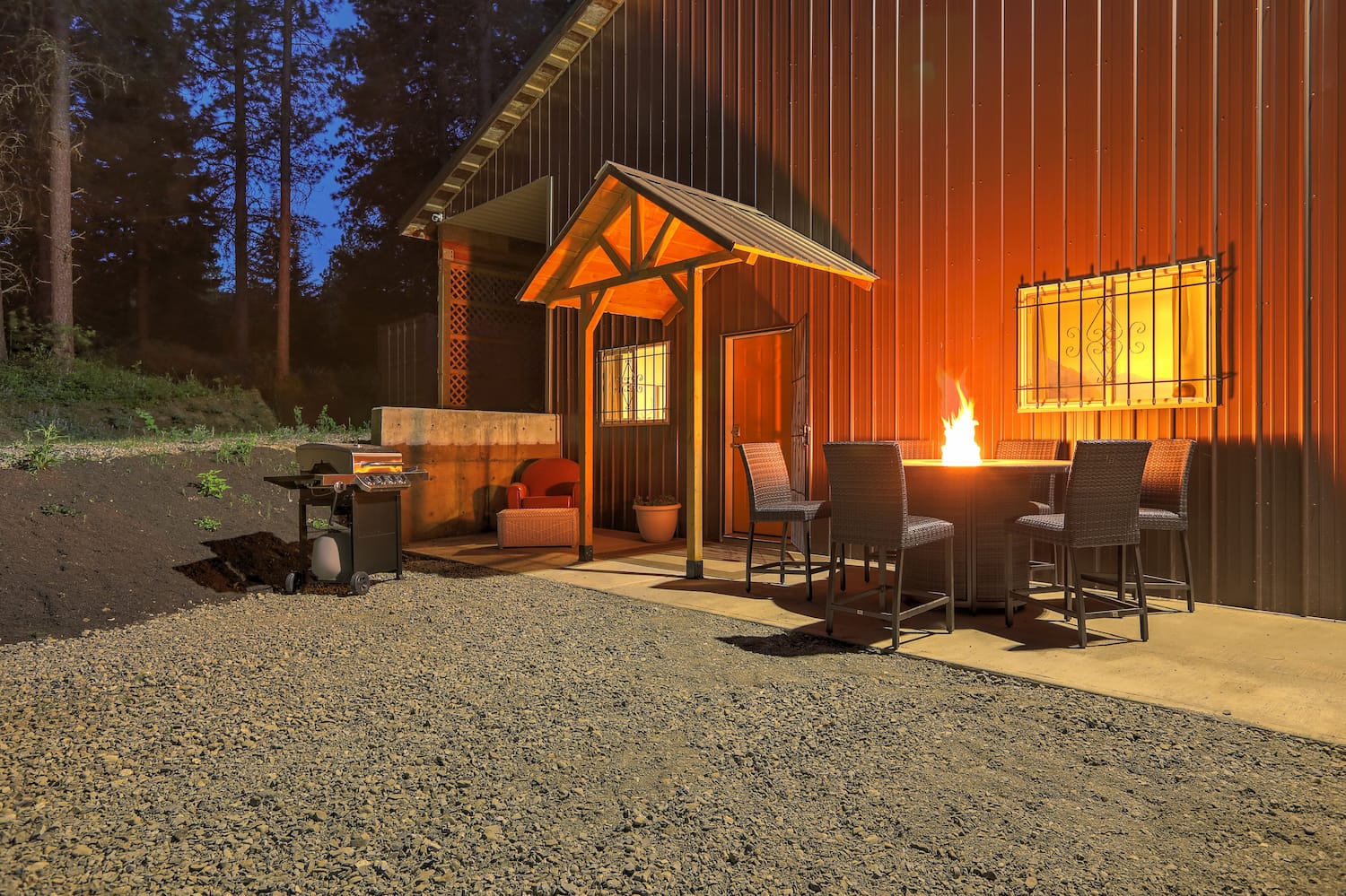Barndominium Repair Specialists: Expert Aid for Your Barndominium
Barndominium Repair Specialists: Expert Aid for Your Barndominium
Blog Article
Sustainable Residing In a Barndominium: EcoFriendly Includes to Think About When Structure
As the pattern of barndominium living gains grip, the assimilation of sustainable practices is coming to be progressively crucial for ecologically aware home builders. By picking energy-efficient products, exploring renewable energy alternatives, and implementing innovative water conservation systems, one can considerably improve the ecological footprint of these functional structures.
Energy-Efficient Structure Products
When creating a barndominium, picking energy-efficient building products is vital for advertising sustainability and reducing overall power consumption. The selection of materials directly influences the building's thermal efficiency, toughness, and environmental footprint. Lasting alternatives such as redeemed wood, bamboo, and recycled metal not just minimize source exhaustion however also minimize waste in landfills.
In addition, concrete, when sourced properly, can be an effective energy-efficient material. It supplies excellent thermal mass, aiding to control interior temperature levels and lower reliance on home heating and cooling down systems. Additionally, high-performance home windows with low-E finishings and protected frames can dramatically boost energy performance by lessening heat transfer.
Another consideration is the installment of energy-efficient roof covering materials, such as metal, which reflects solar power, thereby reducing cooling costs. Incorporating these materials not just sustains a greener way of living however can additionally cause lasting economic savings with minimized power bills.

Sustainable Insulation Options

Cellulose insulation is stemmed from recycled paper items, supplying a green alternative with excellent thermal performance. Its ability to resist dampness and decrease air leakage makes it particularly reliable in maintaining constant indoor temperatures (learn more). Sheep's woollen insulation is another all-natural alternative, giving superior breathability and moisture monitoring while being biodegradable
For those thinking about spray foam, selecting items with low international warming possibility and high sustainable material can better improve sustainability. Barndominium builder. Furthermore, reflective insulation panels made from recycled materials can be incorporated to improve power efficiency by reducing heat loss
Inevitably, spending in sustainable insulation not only lowers energy intake but likewise advertises a comfortable living area, aligning with the principles of eco-friendly living. Cautious consideration of insulation materials will contribute to original site the long-term sustainability and performance of a barndominium.
Water Preservation Solution
Implementing reliable water preservation systems is important for making the most of sustainability in a barndominium. Among one of the most impactful approaches is the installment of rain harvesting systems. By gathering and saving rain from the roof, homeowners can dramatically decrease their dependence on community water products while supplying a sustainable resource for watering and non-potable usages.
Additionally, incorporating greywater recycling systems can even more boost water conservation initiatives - click here. These systems permit the reuse of wastewater from sinks, showers, and washing, channeling it back into the watering system or commodes. This technique not just conserves water yet additionally lowers the problem on septic systems
Low-flow fixtures and appliances, such as faucets, showerheads, and toilets, are also essential components in water conservation. These fixtures can reduce general water use without sacrificing performance, making them a reliable option for eco-conscious home builders.
Lastly, landscape design with drought-resistant plants can reduce water needs for exterior spaces. Native and adjusted plant species generally call for much less water and upkeep, adding to a sustainable living setting. By carrying out these water conservation systems, barndominium owners can create an extra environmentally friendly and resource-efficient home.
Renewable Energy Sources
Harnessing renewable resource resources is a pivotal facet of sustainable living in a barndominium. Integrating solar panels is among the most reliable means to produce tidy power. These panels transform sunshine into electrical power, substantially reducing reliance on fossil fuels and decreasing energy bills. When tactically put, solar panels can capture optimal sunlight throughout the day, improving efficiency.
One more feasible option is wind energy. Setting up a tiny wind turbine can supply an added resource of sustainable power, especially in areas with regular wind patterns. Wind turbines convert kinetic energy from the wind into electrical energy, matching solar power by creating power throughout gloomy days or during the night.
Geothermal heating and cooling down systems can also add to energy effectiveness. By making use of the steady temperatures underground, these systems can significantly minimize the energy required for home heating and cooling, making them perfect for barndominiums in various environments.
Integrating these renewable resource sources not only cultivates a lasting way of living yet likewise increases the overall value of the residential property. By purchasing such technologies, property owners can accomplish energy self-reliance, minimize their carbon impact, and contribute to a more lasting future.
Eco-Friendly Landscape Design Ideas
Developing an environmentally friendly landscape improves both the aesthetic charm and sustainability of a barndominium. By incorporating native plants, home owners can promote biodiversity while decreasing water usage and upkeep. Indigenous species are well-adapted to the neighborhood environment, requiring less irrigation and plant food.
Additionally, take into consideration applying permaculture concepts, which concentrate on creating landscapes that function sympathetically with nature. This can consist of growing edible gardens, fruit trees, and pollinator-friendly blossoms to develop a self-sufficient environment. Rain gardens, created to capture and take in stormwater, are one more efficient means to take care of drainage and boost dirt health and wellness.
Making use of organic composts and compost not only enhances the soil yet also minimizes the requirement for chemical fertilizers. Integrating absorptive paving products for sidewalks and driveways can help stop water runoff, promoting groundwater recharge.
Conclusion

Report this page